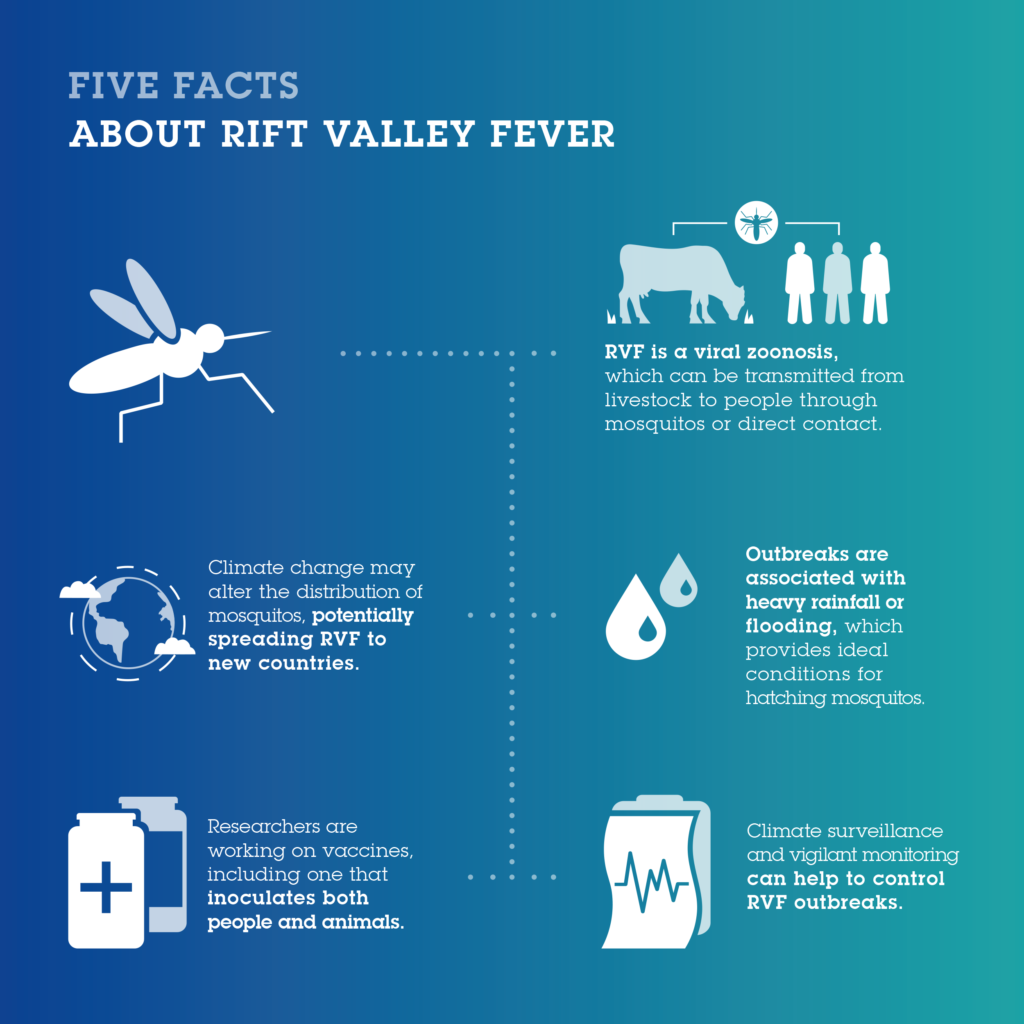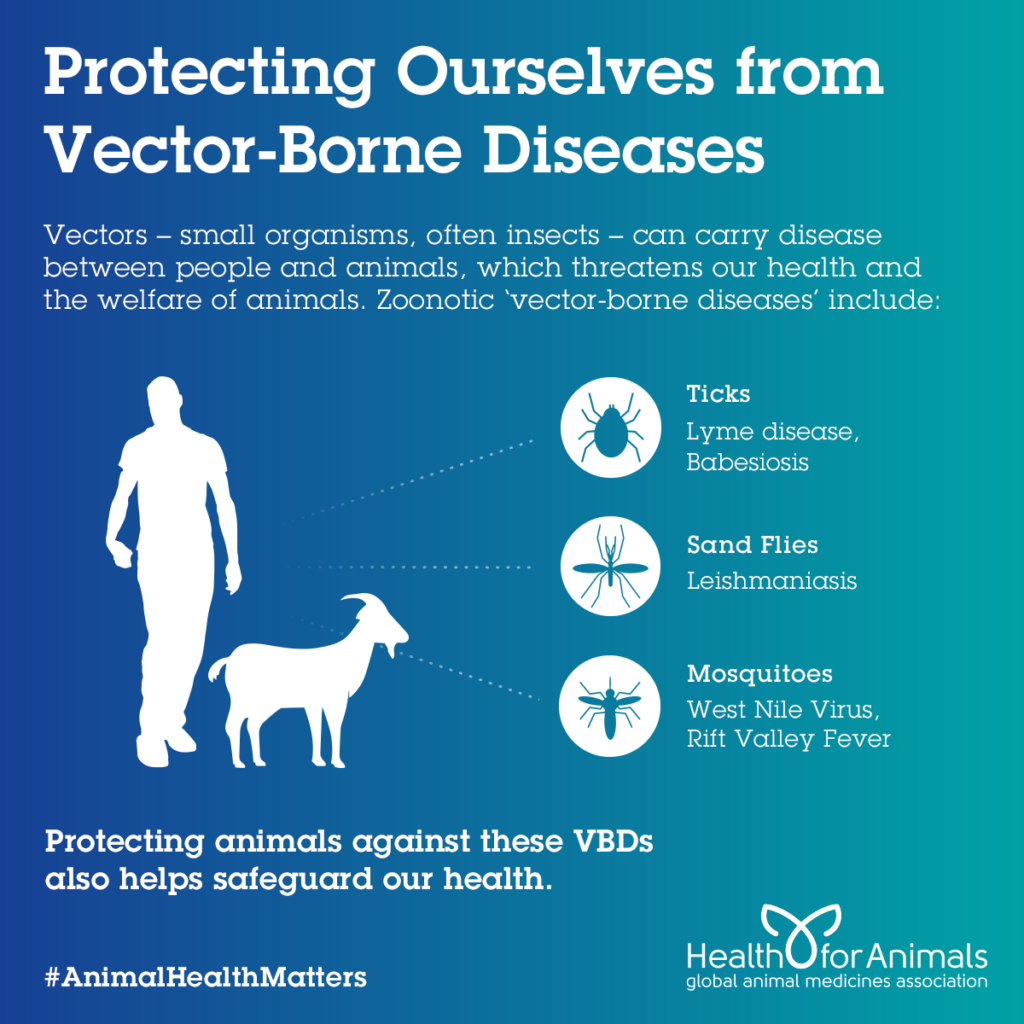Vector-Borne Diseases
Diseases transmitted by ticks and insects – or ‘vector borne’ diseases – are a growing threat to people all over the world.
The World Health Organisation estimates these diseases cause 700,000 deaths across the globe every year. The nature of diseases carried by mosquitoes or ticks in particular makes them difficult to control.
Just one example is African sleeping sickness; the Tsetse flies that transmit the disease are found in 36 countries in sub-Saharan Africa, placing 60 million people at risk. Cattle and wild animals are often carriers of the disease, which can then be spread to people through fly bites.
Parasiticides can control the parasite that causes sleeping sickness before transmission takes place. It’s an important part of a prevention strategy, which also includes insecticides, bed nets, and more.
As with all disease, prevention is better than cure, and the animal health sector is creating tools to prevent transmission of vector-borne diseases by ticks and insects.

